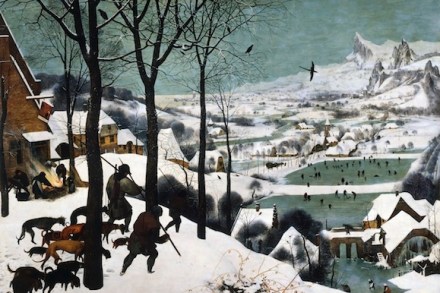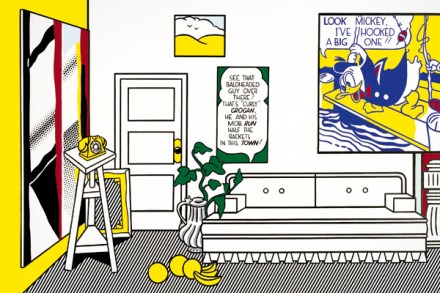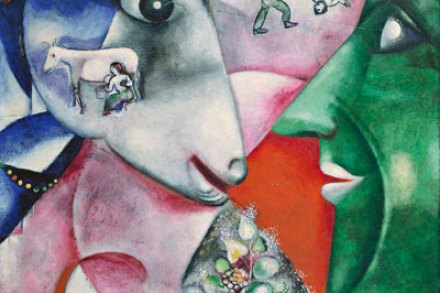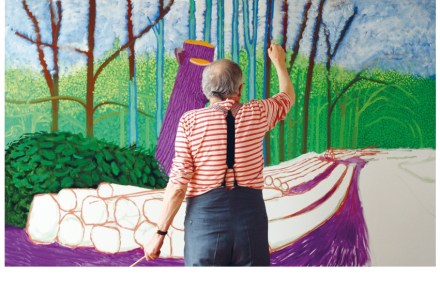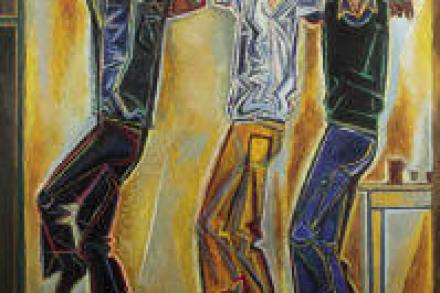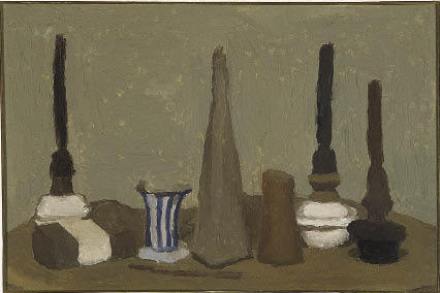Dear Mary: How can I tame my brother’s savage table manners?
Q. I live far away from my brother and his family, but went to stay with them recently for the first time in many years. Having supper was like eating a meal with the starving. Brother, wife and their young teenager hunched down low in order to be nearer to their large plates of stew, which they ingested by noisy slurping and eating off both forks and knives, scraping the plates clean intently and, in my brother’s case, lifting plate to mouth to make sure the last bit of gravy went unwasted. Sister-in-law holds knife and fork like pencils. Child is learning the same. My mother would have been horrified







